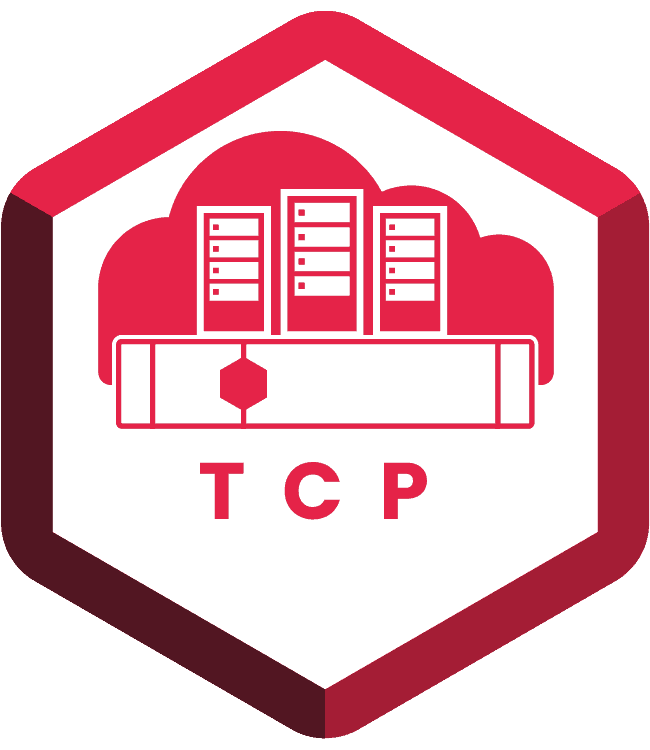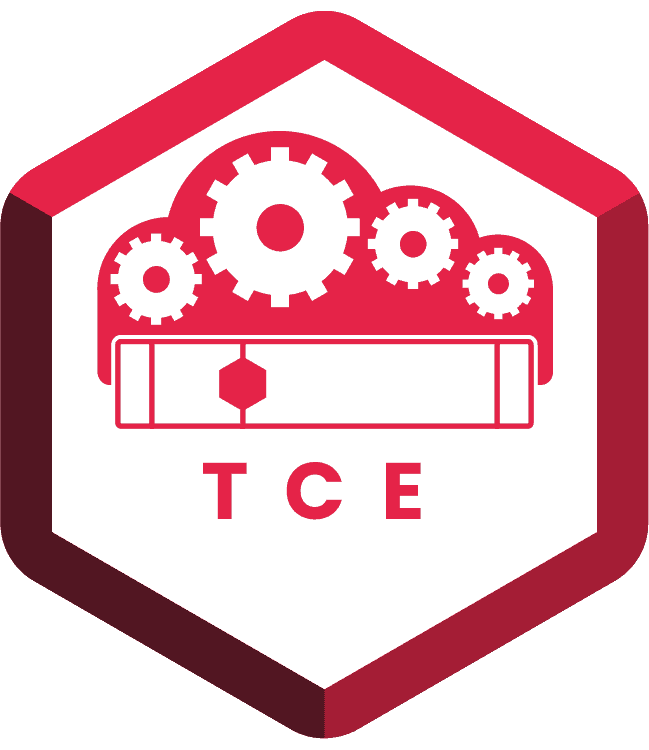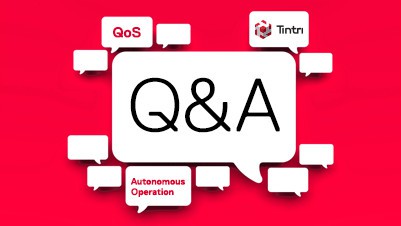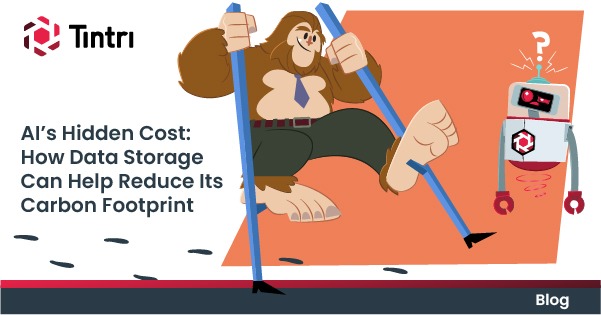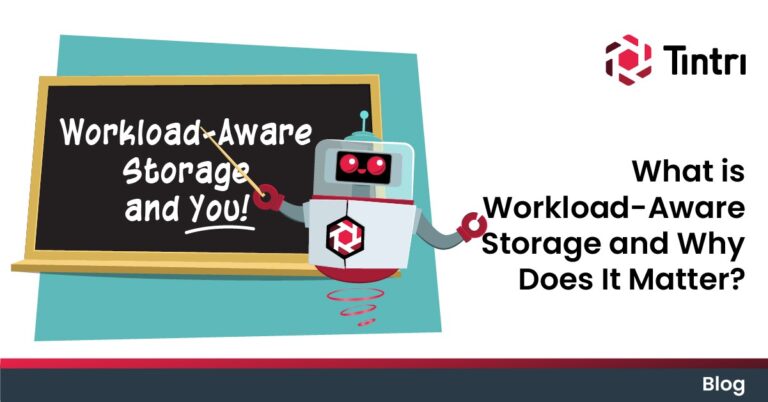- KEY TAKEAWAYS
- Autonomous Operation guarantees promised response time for customers
- Autonomous Operation works with the QoS configuration of VMs
- VM Scale-out works with Auto-tuned QoS and can balance the workload across all available storage devices
Conclusion
Our thanks to Bülent and Advanced Applications for taking the time to answer Tintri’s questions. If you want to find out more about Tintri Autonomous Operation including Auto-tuned QoS and VM Scale-out, stay tuned for additional posts in this series.
CTO Kieran Harty discusses Autonomous Operation with a Tintri customer.
Advanced Applications (www.a2pp.com), based in Rottweil, Germany, is an SAP Gold partner specializing in process analysis and design, implementation, and customization. It supports SAP environments for companies across a wide range of industries, and hosts mission-critical ERP systems for customers.
Recently, Tintri CTO Kieran Harty (KH) asked Bülent Cira (BC), network and system administrator at Advanced Applications, about Autonomous Operation and QoS:
KH: How important is Autonomous Operation for your data center and private cloud?
BC: Autonomous Operation is very important for us because with AO we can guarantee the promised response time for each customer.
KH: Can you describe how Advanced Applications utilizes autonomous operation?
BC: Our AO is based on the following infrastructure workflow:
We have contracts that guarantee the latency of the SAP Systems running on VMs in our environment, also known as service-time. For heavy workloads (read/write operations), this service-time can breach its pre-defined level. Autonomous Operation works with the QoS configuration of each VM. With Tintri VM Scale-out, if the VM is currently running on HDD-only storage, it would be migrated to faster storage, such as an HDD/SSD hybrid or all-SSD storage, that can provide the requested service-time.
We have different approval processes:
1.For business-critical systems, we have an automated process that migrates the VM to the new storage.
2.For all other systems, we have a daily report that makes recommendations on what to do. This also works in the other direction when a system is running on all-SSD storage but does not have the workload to justify it.
KH: What are the top three things you look for regarding successful autonomous operation?
BC: Load balancing, replication, and minimized administration.
KH: Is load balancing the same as Auto-tuned QoS or is it different? Why are load balancing and replication important?
BC: Load balancing with VM Scale-out works with Auto-tuned QoS when you have multiple storage platforms with different service-times and latency. It can balance the workload across all available storage devices.
KH: Interesting…can you dig a little deeper into Auto-tuned QoS?
BC: We have configured a quota of minimum and maximum performance for all VMs. Since then, we have a balanced performance workload.
KH: Do you do that via scripts which are connected to other workflows or do you do it via VMstore UI/Tintri Global Center (TGC)?
BC: Right now we use the Tintri UI but want to switch to TGC as soon as our storage systems are set up in the right data center. We are in the planning stages to use TGC.
KH: Has Tintri Auto-tuned QoS helped your operations?
BC We guarantee each customer contracted response times for their applications (i.e., SAP Systems). In the past, it has happened that one customer starts a batch job that creates a very big workload, causing all other SAP systems to work slower during this time. With auto-tuned QoS, all systems now have guaranteed performance.
KH: How do you calculate response time based on QoS? Do you have a formula for doing that?
BC: Our SAP Systems provide service reports. Analyzing them, we can see if read/write operations have high latency. As a result, we can act before the system crashes due to high SAP/DB latency.
